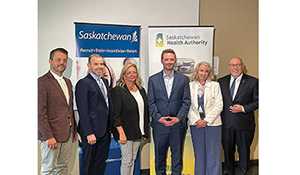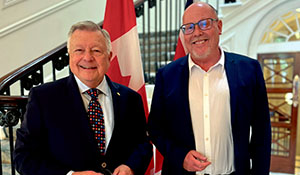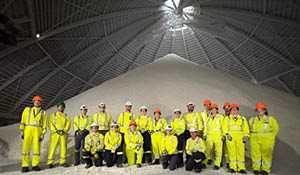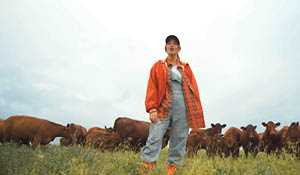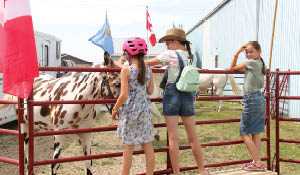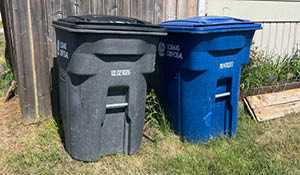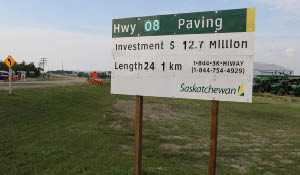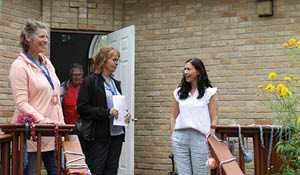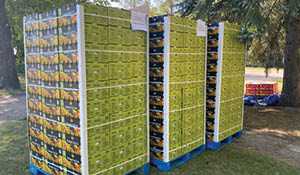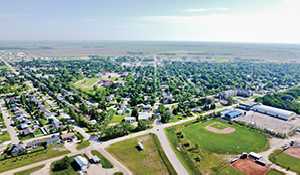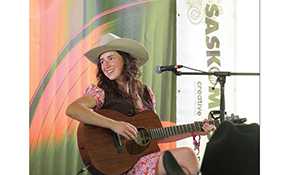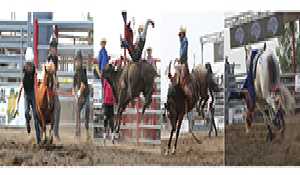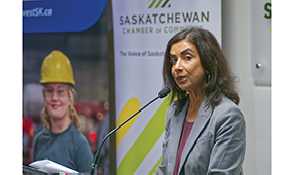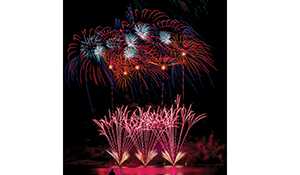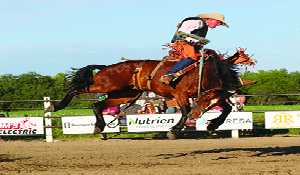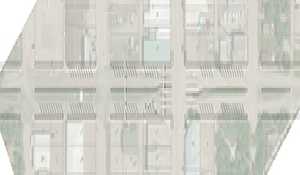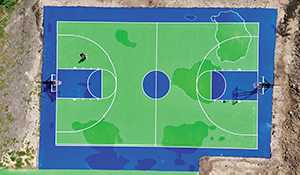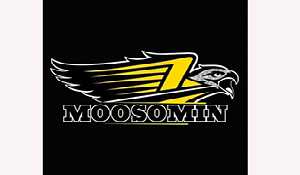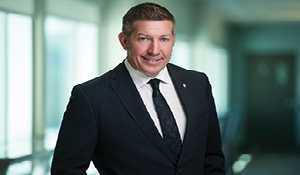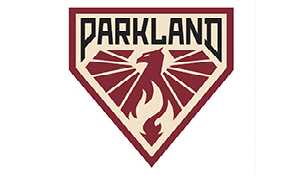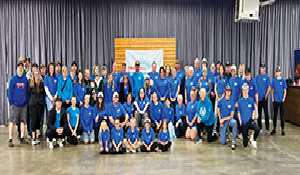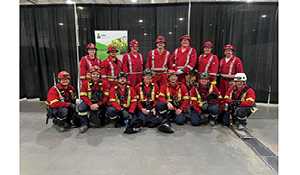Moosomin Cenotaph marks 100 years
June 17, 2024, 10:00 am
Ryan Kiedrowski, Local Journalism Initiative Reporter
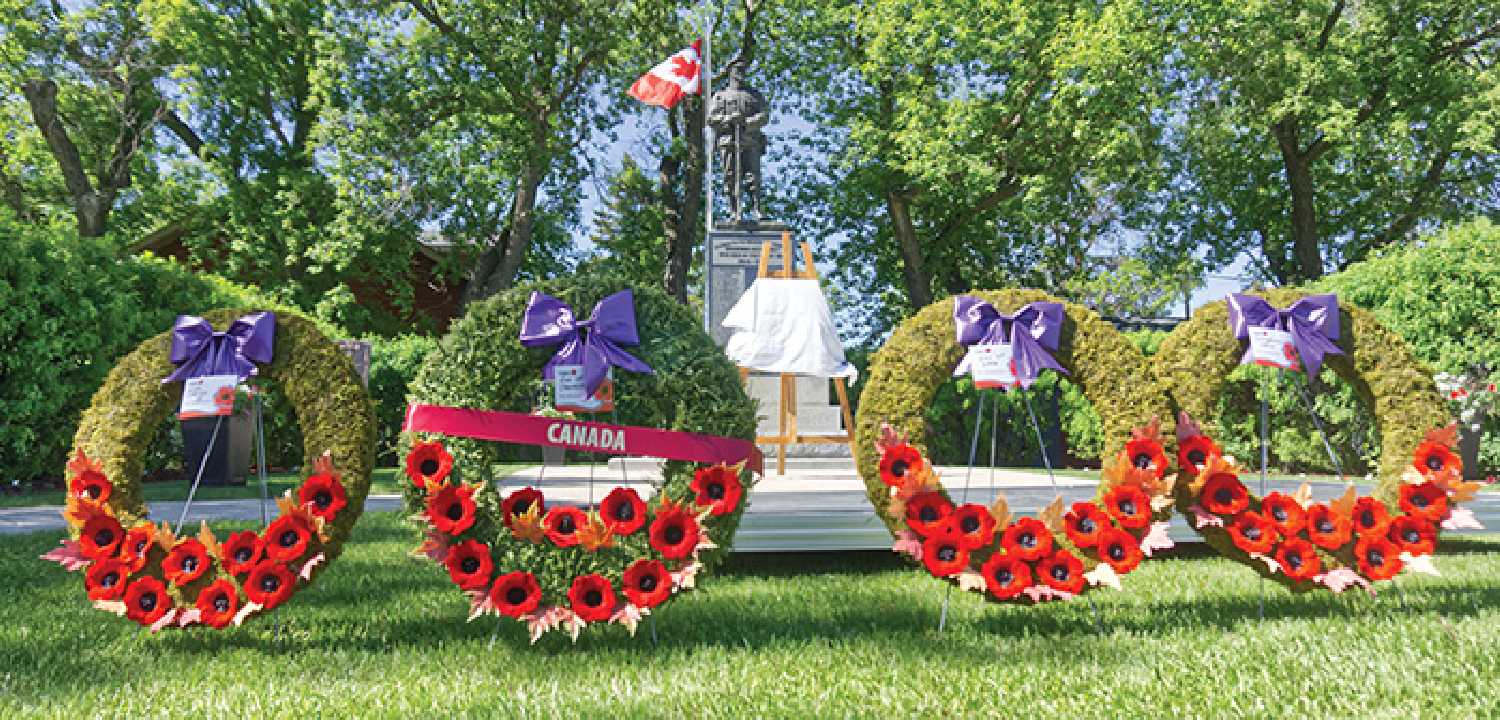

A bright, warm summer morning greeted those gathered to witness the rededication of the Moosomin Cenotaph on June 8. A parade comprised of Legion members, local Air Cadets, 2nd Battalion of Princess Patricia’s Canadian Light Infantry, the Yorkton and District Pipe Band, and local service groups meandered its way from the Armoury to the Cenotaph as a crowd of approximately 200 gathered to observe the ceremony.
“Today, we are here to celebrate the 100th anniversary of the Moosomin cenotaph and also to rededicate the Cenotaph with the addition of 73 names to the monument,” said Brian Beckett, chair of the Cenotaph 100 Committee and emcee for the event. “We rededicate this cenotaph to the remembrance of those who gave their lives in World War One, World War Two, and Korea so that we can live the life that we have today. May we always remember their sacrifice.”
The ceremony opened with Tess Bolton leading O Canada, a land acknowledgment from Joy Hamilton-Flaman, and a prayer from the Legion Branch 81 Padre Mel Konkel.
During his prayer, Konkel spoke of the dedication in 1924 when around 3,000 people gathered in the same spot, officially unveiling the monument; honouring those who died in the Great War.
“Here we remember those who served in conflicts overseas and had local connections,” Konkel said, adding that the “sentinel who stands guard is a persistent reminder that we must remain constantly vigilant if we want to preserve the values of our democratic society, values of peace, freedom, fairness and justice for all. we recommit this monument to its original purposes.”
Beckett then proceeded with the roll call - including the names recently discovered and placed on a new plaque that would be unveiled moments later.
“They shall grow not old as we that are left grow old, age shall not weary them, nor the years condemn. At the going down to the sun and in the morning, we will remember them,” concluded Beckett after reading the names.
Dignitaries were then invited to lay wreaths at the foot of the cenotaph with Lieutenant Governor of Saskatchewan Russ Mirasty representing King Charles III, Souris-Moosomin MP Dr. Robert Kitchen on behalf of the government of Canada, Moosomin MLA Steven Bonk representing the government of Saskatchewan, Ami Leduc placing a wreath on behalf of Indigenous and Métis groups, Major Colin Carswell and Master Warrant Officer Matthew Shaw from 2PPCLI, First Vice-President of Saskatchewan Command Roberta Taylor presenting the Legion wreath, and Mayor Larry Tomlinson laying a wreath on behalf of the Town of Moosomin.
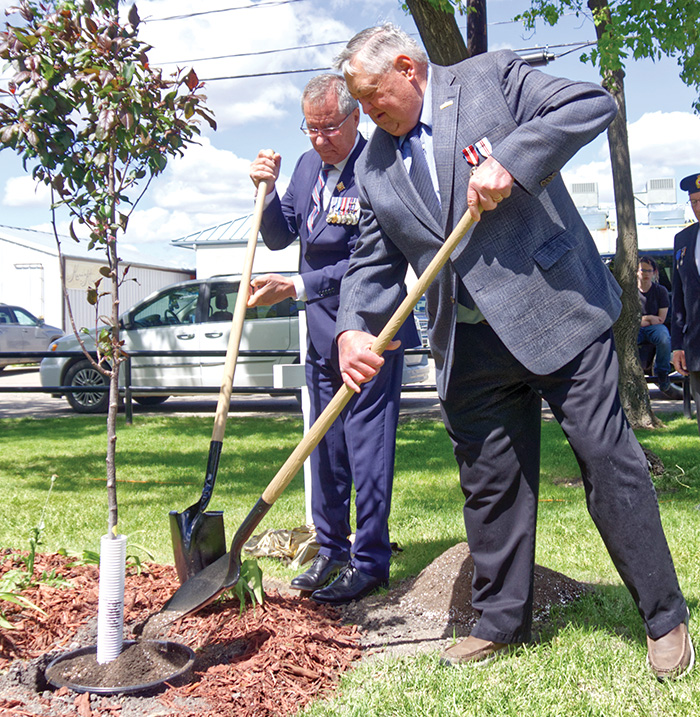

Dignitary speeches followed, with Mirasty initiating the messages of remembrance.
“Friends and relations, I extend my hand and greetings to each and every one of you who have gathered here today for this special ceremony,” he said. “Donna and I are truly honoured to be here with you to mark the 100th anniversary of the Moosomin Cenotaph. It is truly an honour and a privilege to participate in this special occasion and to lay a wreath on behalf of His Majesty King Charles III.”
Mirasty pointed toward how the special event in Moosomin coincides with commemorative events marking the 80th anniversary of D-Day.
“This is a particular point in time to remember and to rededicate the Moosomin cenotaph with its tributes to World War One, World War Two, and the Korean War and the veterans,” he said.“Today, hearing those names being spoken aloud is both moving and humbling; again a stark reminder. I am grateful for the work the local branch of the Royal Canadian Legion has done to ensure that the contributions of those who served continue to be remembered.”
“The cenotaph is a reminder of the devastating price of the war and the sacrifices of those who served. I commend the Town of Moosomin and the Royal Canadian Legion, local service groups and the many community volunteers for their contributions to the Moosomin Cenotaph Centennial project and this rededication ceremony,” Mirasty continued. “This is an initiative that all people from Moosomin and area can take great pride in. Thank you for continuing the 100-year legacy of honouring those who never made it home.”
Reflecting on family members who served, Mirasty acknowledged his father-in-law, Pierre Carriere, who served and was wounded near Juno Beach in World War Two. He would go on to establish the Legion branch in Cumberland House after his return home. Both Donna and Russell Mirasty had uncles who served in that same war.
“Like many Indigenous indigenous veterans, they continued to contribute to their home communities when they returned—if they returned—and as in the case of Donna's father, starting the first branch of the Royal Canadian Legion in Cumberland House,” Mirasty said.“Today, we remember those who served, but we also take this opportunity to acknowledge those who continue to serve.”
Dr. Kitchen urged those gathered to visit the Moosomin Armoury where they can find a particular image of the 1924 dedication.
“I want to say to everybody that's here, that if you get the chance, please go by the Armoury,” he said. “There’s a picture in the Armoury of this celebration 100 years ago; an aerial shot that shows close to 3,000 people. There were no trees, but some of the buildings are still here. I encourage you to go by to see that; to recognize the people that were there at that time, honouring the veterans of WW1 at that point in time. And now, as we look at WW2 and the Korean War, we need to be here to celebrate and honour what they’ve done, which is to give us the freedom that we have today.”
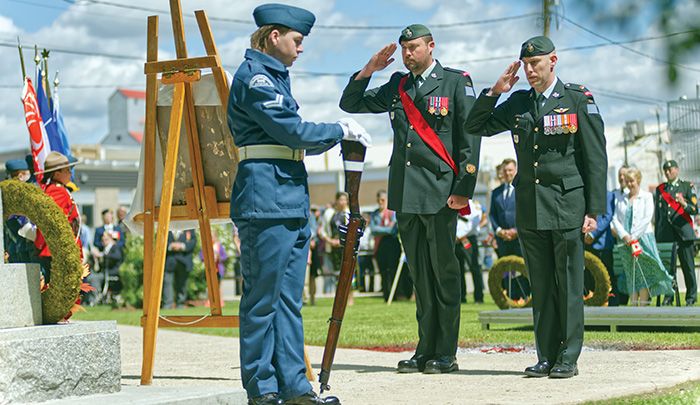

Dr. Kitchen stressed how the freedoms we enjoy today came at a cost—paid by our predecessors in order to ensure a better life for future generations.
“Freedom doesn't come free, and it's thanks to those that served,” he said. “It's thanks to those that still serve, and it is thanks to those who will serve in the future. The cenotaph is a unique monument that it gives everyone a place where we can pay tribute to those who paid the ultimate price, and we can’t thank them enough.”
Echoing those sentiments, Bonk added his brief but poignant remarks amongst the dignitaries in attendance.
“What a day to remember those who gave everything for us; who sacrificed everything—and particularly at such a young age—so that we might experience the freedoms that we all benefit from now,” he said. “It's truly a humbling day.”
In later conversation with the World-Spectator, Bonk again highlighted the importance of honouring those who served.
“What a beautiful day to remember those who gave everything, and it just brings it into perspective the sacrifice that they gave for the freedoms that we now enjoy,” he said. “Coinciding with 80th anniversary of D-Day, it just really brings everything into a real true focus for us. It's important what they sacrificed for us for, for the freedoms that we now enjoy; and quite often take for granted. Hopefully, this will be a reminder that freedom isn't free.”
Next to share her thoughts was Hamilton-Flaman, who focussed on the contributions of Indigenous veterans and their challenges both during and post-conflict.
“Today we gather to honour a remarkable group of heroes: our Indigenous war veterans,” she began. “These brave men and women hailing from diverse Indigenous communities have stood as defenders of our freedoms; demonstrating immense courage, resilience, and sacrifice. For generations, Indigenous warriors have answered the call to serve, bringing a rich legacy of valour and deep connection to their ancestral lands. They fought in every major conflict, from the World Wars to recent engagements, embodying the spirit of their ancestors while forging new paths of honour and duty. Their stories are ones of extraordinary bravery. Despite facing discrimination and injustice, they enlisted with unwavering commitment, often returning home to continue their battles for recognition and rights within their own countries. Their perseverance in facing such challenges is a testament to their indomitable spirit.”
She went on to note the contributions of Indigenous veterans after returning home from conflict, and the importance of not only recognizing but remembering those impactful endowments Indigenous veterans have made.
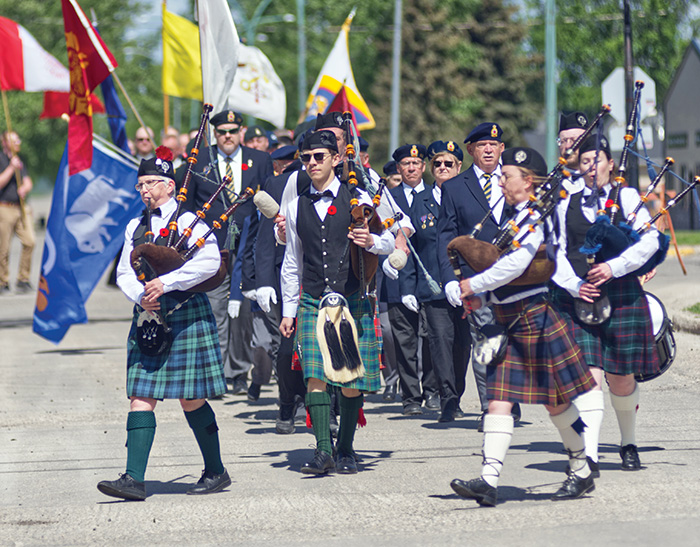

“Today, we recognize their military achievements and contributions to our broader society. Indigenous veterans have been leaders, advocates and role models—enriching our communities with their wisdom and strength,” Hamilton-Flaman said. “This service has helped shape a more inclusive and just world, and we are profoundly grateful for that. Let us remember and celebrate these heroes, ensuring their legacy is honoured and their sacrifices are not forgotten. We offer our most profound respect and heartfelt thanks to our Indigenous war veterans and all war veterans. Your courage and dedication inspires all and your stories will forever be etched in our nation’s history.”
Through her speech, Taylor focussed on the cenotaph’s importance and the historical role the special place has played throughout the history of Moosomin.
“It is without a doubt, a great indication of the strength, resiliency and sense of community to see this one of a kind cenotaph stand so tall and vibrant,” she said. “It took up an incredible amount of work to build it, then maintain it over time. After 100 years, this cenotaph has continued to represent remembrance of the fallen.”
With a nod to then mayor Vincent McCurdy, Taylor compared his words during the 1924 dedication to present day and how they’ve thankfully come to fruition.
“When it was unveiled in 1924, his worship Mayor McCurdy stated that this spot was going to be made beautiful with trees, flowers and green grass. It was a location for reflection, not pleasure,” she said. “As we can see, those words were a blueprint and guidance for where we are today. It is a beautiful space. There is something to be said about the growing trees, blooming flowers and the green grass. It represents life. Life given to this community and all of us here today because of the sacrifices of those who went abroad—many of whom made it home, far too many who did not. With those sacrifices and the continued sacrifices of our armed forces, we are able to live in this great province and great nation.”
Another important part of McCurdy’s vision—as Taylor explained—was how future generations would maintain the memorial.
“Further to that, his wishes were that in future years, the sons and daughters would take it over to continue the symbol of sacrifice,” she continued. “And that if he would lovingly treated, although I am paraphrasing his words, you can see that they hold true today. From the beginning, this was the purpose and your community has made it happen. For that, I congratulate you on this celebration. And I thank you from the bottom of my heart for your loyalty to the veterans community and for remembrance. We will remember them.”
The attitudes of a past mayor flowed nicely into the musings of the current municipal leader, as Tomlinson remarked on how the monument has been a point of pride for the community.
“Standing here will bring many memories back to the people of our community,” he said. “It's hard to believe that 100 years have passed by, leading up to this rededication. Now we add a large number of names to the Cenotaph to honour them. This rededication means a lot the town and the surrounding area. As a town, we are very proud to have the Cenotaph in our town and be part of the rededication. It touches the hearts of many family members who have fought for our freedom. On behalf of the Town of Moosomin, a big thank you goes out to everybody, and everybody who made this possible today. Thank you very much from myself, the council, and the Town of Moosomin. We will remember.”
In speaking with the World-Spectator after the event, Tomlinson shared how his father spent World War Two serving in Europe, describing the centennial event in three simple words—“it’s just touching.”
All through the speeches, an easel held the new plaque which will be installed on the cenotaph. A white sheet blanketed the piece, awaiting its unveiling by Mirasty and Beckett.
“We’re about to unveil a commemorative plaque and plant a tree,” Mirasty said during his speech. “Plaques help us remember the past, while the ceremonial tree will live on to honour veterans into the future.”
In addition to the unveiling and tree planting activities, Hamilton-Flaman held a special smudging ceremony, wafting smoke towards the monument and those gathered in attendance.
Before the colour guard marched off, Bolton led those in attendance with God Save the King as Mirasty stood solemnly at the dais positioned in front of the cenotaph.
Perhaps the most telling moment was in this space after the parade left and the onlookers made their way back to their homes. The solitude of this quiet sentinel - once again standing silent guard as the Canada flag danced with the breeze. The pomp and praise concluded, wreaths seated precisely at the monument’s base, and a shining bronze plaque reflecting mid-day sun.
Yes, true to Mayor McCurdy’s dream, this is a place for solemn reflection as ancestors that served our country come to mind. A beautiful place that will confidently see future gatherings—at least annually on Nov. 11, but hopefully more than just that once a year memorial.
We will remember them. Tweet
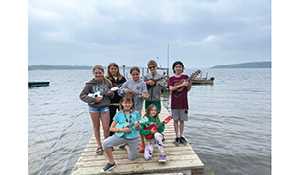
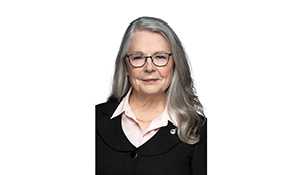
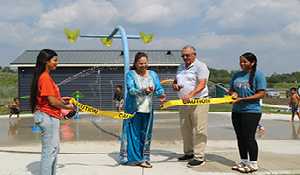
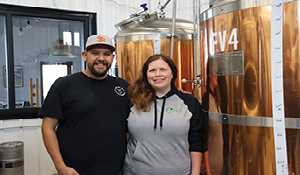

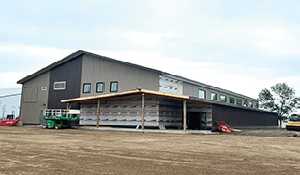
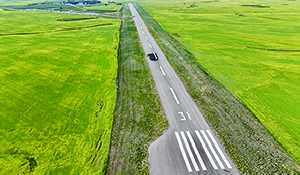
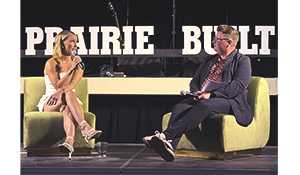
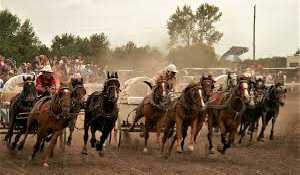
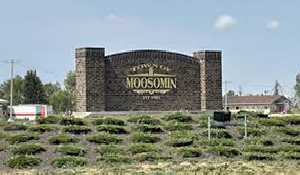
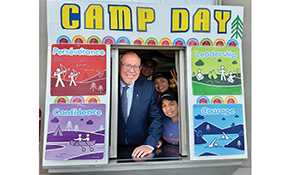
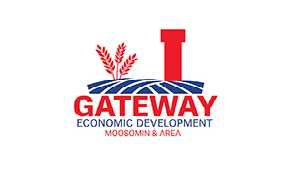
sm.jpg)
